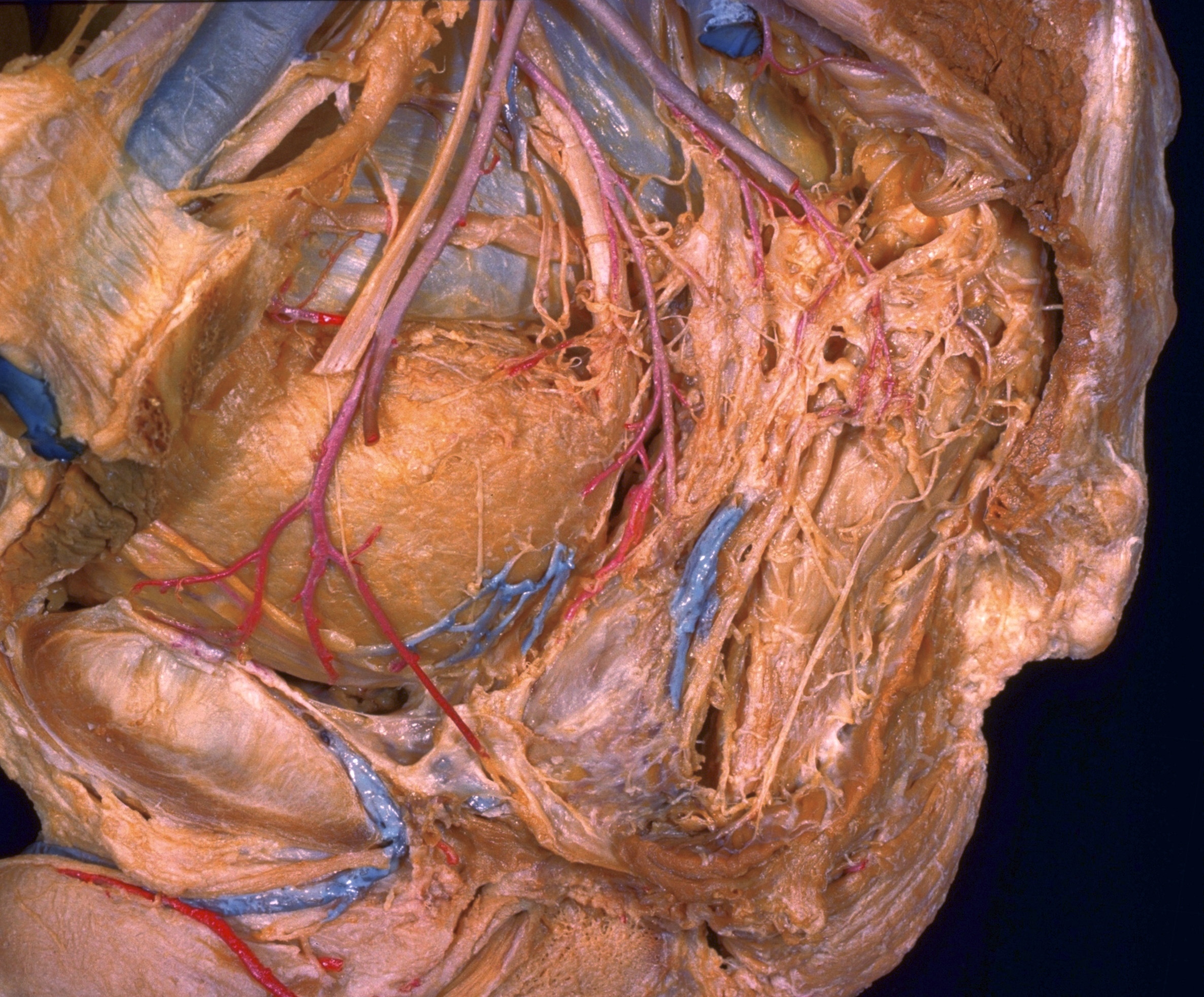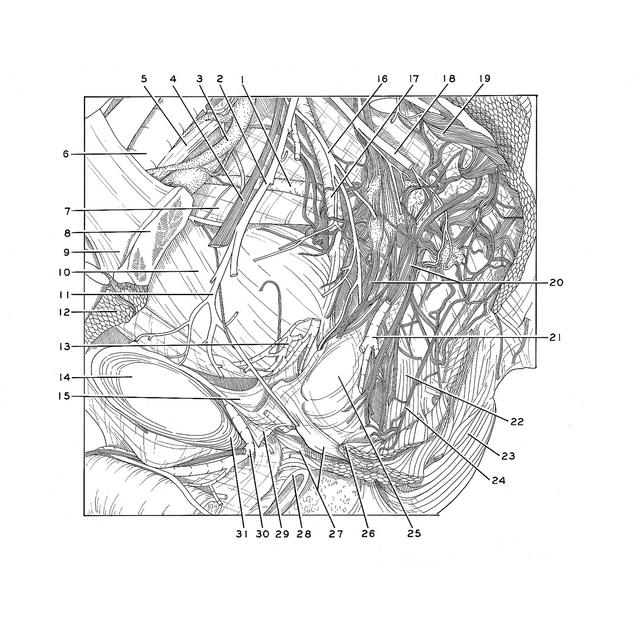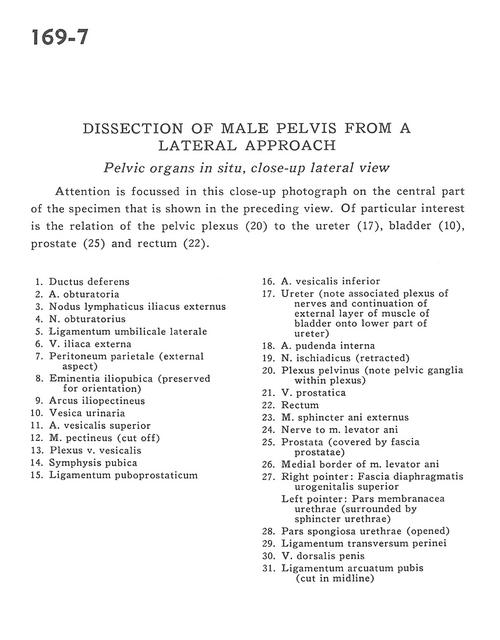Dissection of male pelvis from a lateral approach
Pelvic organs in situ, close-up lateral view
Stanford holds the copyright to the David L. Bassett anatomical images and has assigned
Creative Commons license Attribution-Share Alike 4.0 International to all of the images.
For additional information regarding use and permissions,
please contact Dr. Drew Bourn at dbourn@stanford.edu.
Image #169-7
 |  | ||||||||||||||||||||||||||||||||||||||||||||||||||||||||||||||||||
 |
|